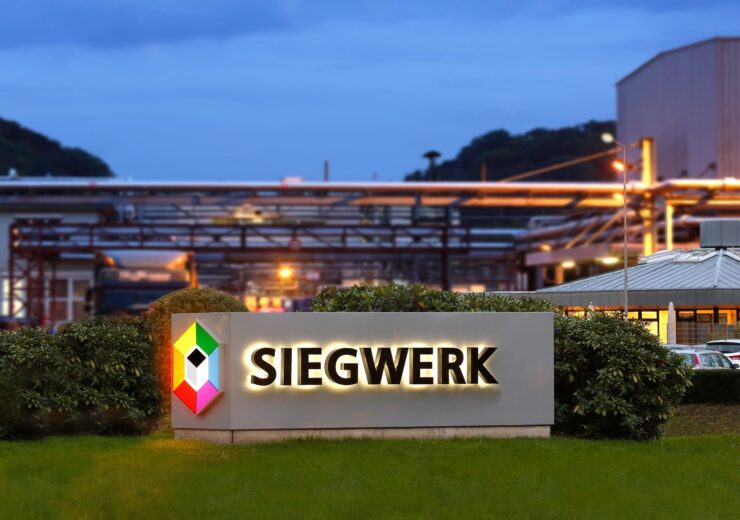The series is said to be suitable for all non-food packaging applications because of its high colour strength and better ink performance to reduce the environmental impact and maintain the circularity

Siegwerk’s new sustainable UV offset ink series, SICURA Litho Pack ECO is suitable for non-food paper and board applications. (Credit: Siegwerk Druckfarben AG & Co. KGaA)
Printing inks, labels and coatings provider Siegwerk has introduced a new sustainable UV offset ink series, SICURA Litho Pack ECO, for non-food paper and board applications.
The new SICURA Litho Pack ECO line is developed with 40% bio-renewable content, making it a greener alternative to traditional UV inks, said the company.
It is also free of TMPTA, Benzophenone, and CMR CAT. 1 and CMR Cat. 2 components and the presence of low-odour ink series makes it suitable for a variety of paper and board surfaces.
The series is said to be suitable for all non-food packaging applications because of its high colour strength and better ink performance to reduce the environmental impact and maintain the circularity.
The firm said that the new UV offset range offers a very stable ink/water balance for lengthy runs, as well as more film flexibility, high dot gain sharpness and superior flowability.
The SICURA Litho Pack ECO line includes ISO-compliant four-colour process inks, Pantone colours, basic inks, custom colours, and flexo OPV.
Siegwerk BU Sheetfed EMEA vice president Mustafa Guler said: “With SICURA Litho Pack ECO, we deliver once again on our commitment to drive the change towards a Circular Economy by supporting the development of circular packaging with innovative and eco-friendly inks and coatings.
“With 40% bio-renewable content, it is not only comparable to certain conventional oil-based inks, but it also represents a new eco-friendly alternative for UV offset printing.
“Its formulation is particularly designed for recycling and therefore for not impacting the recyclability of paper and board substrates at all.”
Siegwerk Global Sustainability and Circular Economy head Alina Marm said: “When calculating the bio-renewable content of our inks we focus on the actual share of raw materials with bio-renewable origin that are present in the respective ink formulation, taking all constituents into consideration.
“Thereby, our calculation refers to the sum of all components present in a raw material, also taking into account substances and solvents – except water – that are excluded in the methods commonly used so far, such as ASTM D6866, EN 16640 and NAPIM.”
